Diary of a Former Scion Owner and Fanboy

Scion may be dead, but it is far from being forgotten.
I remember the first time I saw a Scion tC in 2004, while roaming the halls of SEMA International Auto Salon in Atlantic City, New Jersey. I admired its styling and thought to myself, “That’s not a bad looking car.”
At the time, I owned an Infiniti G35 coupe after having a Honda Civic Si for several years, and for some odd reason, the Scion tC just stuck in my mind. Having grown up in the tuner community, I began seeing the tC embraced by the aftermarket, as did the funky box-shaped xB and, yes, even the compact xA. I did to do some research about Scion and everything about it made sense. It gave a well-known, established automaker a youth-oriented brand where it could not only experiment with pricing structures and vehicle designs, but focus on a younger demographic that wanted an affordable and reliable method of transportation.
On the surface, it was the perfect scheme: Young car buyers would get into an affordable Scion, appreciate the quality and reliability and when it was time to “grow up” a little, they would step into a Toyota. Once they have more expendable income, it would be time to trade-in their Toyota for a fancy, luxurious Lexus.
In its early years, Scion did a fantastic job separating the brand from parent company Toyota. Outside of the Supra, Toyota isn’t exactly known for exciting sports cars or even youth-oriented models. Its best selling Corolla and Camry hardly scream excitement, and it’s not exactly on the top of every teenager’s shopping list – that is, if they have a choice in the matter. To get the brand going, Scion dove straight into the sport compact community, hosting events and sponsoring all forms of motorsports, making sure the xA, xB and tC had a strong presence around automotive enthusiasts.
SEE ALSO: The Best and Worst from Scion Over the Years
When my career path had me pack up and move to Southern California, I decided to terminate the lease on my Infiniti G35 coupe instead of shipping it across the country from Florida. I also determined it was the perfect time to get into a Scion tC, because I was working as an editor for Modified Magazine, a former VerticalScope publication. (VerticalScope is the company that owns and operates AutoGuide.com).
In 2005, the tC was the hot car for tuners, with every company imaginable getting their hands on one for marketing purposes. As a front-wheel-drive coupe, the tC didn’t exactly scream performance with its 2.4-liter four-cylinder engine with 161 horsepower and 162 pound-feet of torque. It wasn’t the worst thing either, especially at its starting price and Scion’s no-haggle pricing.
Straight off my flight into Los Angeles International Airport, I headed over to a local dealership that had a white 2006 tC being held for me with a manual transmission. It didn’t take long until my mind started running and I started browsing the Internet for ideas on what to do with the car.
Sure it isn’t really a Scion tC drag car, but the automaker was smart to team up with Titan Motorsports.
Turning the Scion tC into a project car for Modified was an easy task. There was a wide selection of companies to buy parts from. We teamed up with TRD to equip the tC with a supercharger, boosting power output to 200 hp and 185 lb-ft of torque. Although those are the official figures, several more bolt-ons helped my tC crank out well over 240 ponies, and it made for an awfully fun car to drive.
Attending enthusiast and tuner events all around the country, I saw modified Scions everywhere. The Scion community was unique, and I hadn’t seen anything like it before. Its owners were not only passionate about the vehicles, but also the culture of owning a Scion as a whole. No, it wasn’t a cult, everyone just loved what Scion stood for – a youth-oriented brand that didn’t care if your car showed up to the dealership lowered with aftermarket wheels and a supercharger under the hood.
Five Axis Models made some crazy Scion creations over the years.
In Southern California, Scion hosted numerous events exclusively for owners. They opened up an eighth-mile track for owners to see what their cars were capable of. Every sport compact drag racing, drifting or car show event had a strong Scion presence and the automaker was there to make sure it showed its support to the fullest. For over a year, Scion models adorned the covers of every magazine publication.
Sadly, for whatever reason, the brand started becoming stagnant and its sales numbers back up that fact. According to GoodCarBadCar.net, the Scion tC’s sales peaked in 2006 with 79,125 units sold. By 2008, that number had declined to just 40,980 before plummeting to a disappointing 17,998 figure in 2009. In a way, Scion didn’t ride the wave of excitement as well as it should have, leaving the tC’s design essentially untouched until the second-generation model was introduced in 2011.
The new Scion tC didn’t stick with enthusiasts. There are numerous factors that led to the brand’s decline, but most noticeably, it’s due to the fact that Scion didn’t do anything exciting enough to pull in an entirely new generation of owners. Those who grabbed a Scion off the dealership lot in 2006 were moving onto bigger and better things by 2010, while Scion didn’t have an appealing enough lineup in a more competitive market to capture a new audience or bring existing owners back into dealerships.
Of course, the sport compact market isn’t what it used to be, either. A lot of Scion’s presence has faded in recent years, and even the Scion Tuner Challenge that is hosted every year for SEMA has lost its luster. The builds have gone from realistic street cruisers to insane track-only (or trailer-only) cars. The Scion Tuner Challenge was once a place that would inspire owners and give them ideas on what they could do with their cars. In a way, people could look at these modified Scion vehicles and say, “Oh hey, my car can look like that! I want one!” But in recent years, builders have turned their cars into ridiculous creations that the average car enthusiast could never imagine owning.
Farewell Scion, it’s been real.
It seemed like the introduction of the Scion FR-S would help rejuvenate the brand, and in a way, it did. But sales for the sports car never really took off, with its best year coming in 2013 with 18,327 units sold in the U.S. That’s a far cry from the tC’s best year. As exciting and fun as it is to drive a Scion FR-S, it’s underpowered compared to a lot of today’s offerings.
Last year, Scion introduced the iA and iM to its lineup, and neither model screamed excitement like the tC used to. The company tried with the iM Concept, which was admittedly pretty cool with aggressive styling and 19-inch Gram Lights wheels. Unfortunately, the production model was just too boring in comparison to the concept. As for the Scion iA, it’s a rebadged Mazda2, a model that Mazda itself has chosen to axe in North America entirely.
Although Toyota is saying that Scion models will live on under the Toyota name, it’s unlikely that all of them will carry the torch. The Scion iA will struggle as there’s little room for sub-compact sedans in the market. The tC, Scion has admitted, is doomed.
It’s hard to pinpoint exactly where Scion started to fail, but it’s a real shame that, at one point, it had a rabid, passionate fan base that lived and loved the brand. One thing’s for sure: as a former Scion owner, I truly appreciate what the brand has done for the automotive industry.
And maybe it all works out anyways for Toyota. When it was time to give up the Scion tC and get into something new, I kept it in the family and got myself a Lexus IS250.
Discuss this story on our Scion Forum

Jason Siu began his career in automotive journalism in 2003 with Modified Magazine, a property previously held by VerticalScope. As the West Coast Editor, he played a pivotal role while also extending his expertise to Modified Luxury & Exotics and Modified Mustangs. Beyond his editorial work, Jason authored two notable Cartech books. His tenure at AutoGuide.com saw him immersed in the daily news cycle, yet his passion for hands-on evaluation led him to focus on testing and product reviews, offering well-rounded recommendations to AutoGuide readers. Currently, as the Content Director for VerticalScope, Jason spearheads the content strategy for an array of online publications, a role that has him at the helm of ensuring quality and consistency across the board.
More by Jason Siu



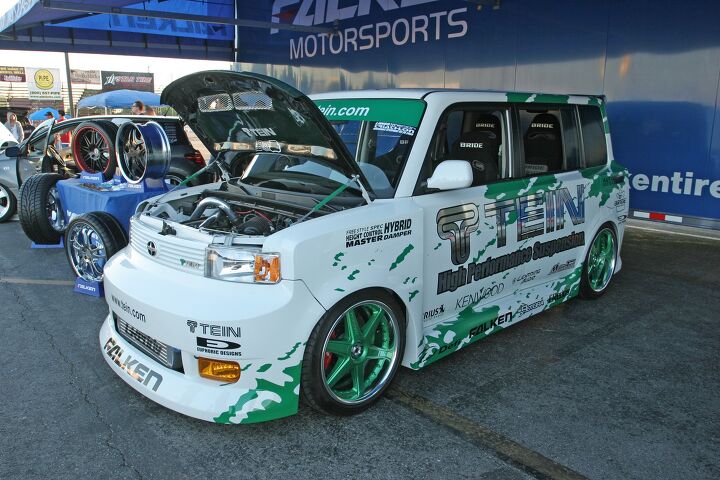
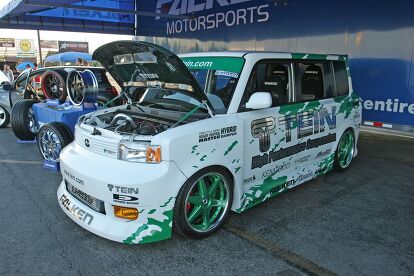










































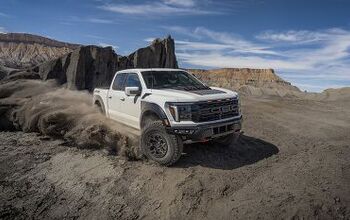


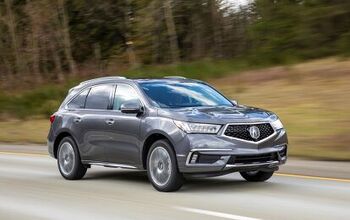




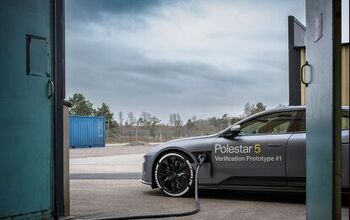




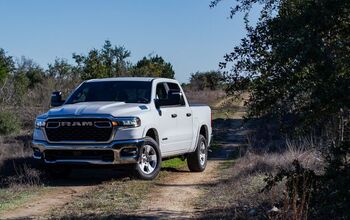
Comments
Join the conversation
Ive had the opportunity to own a 2013 Scion tC RS8. And I'm going to keeping enjoying and molding it until I'm ready for lexus rwd coupe. But I'm glad there is someone at autoguide who shares the same passion as me for scion. Thanks for sharing this article.
Should have introduced a small SUV (CUV) instead of the excruciatingly boring iA and iM. Makes perfect sense, Toyota currently doesn't have one to compete with the Honda HRV and the Nissan Juke. To be fair it was probably in the works now that Mazda has the CX3 but there's probably gotta be some years between them.